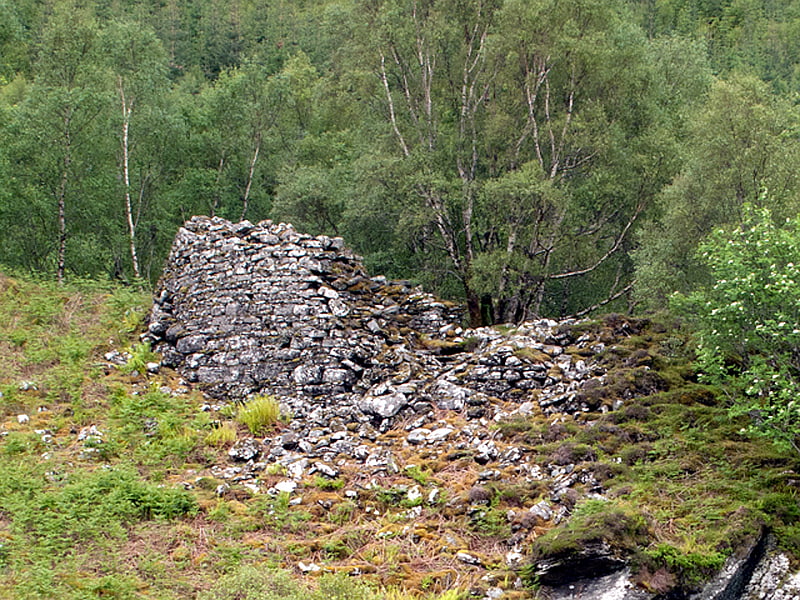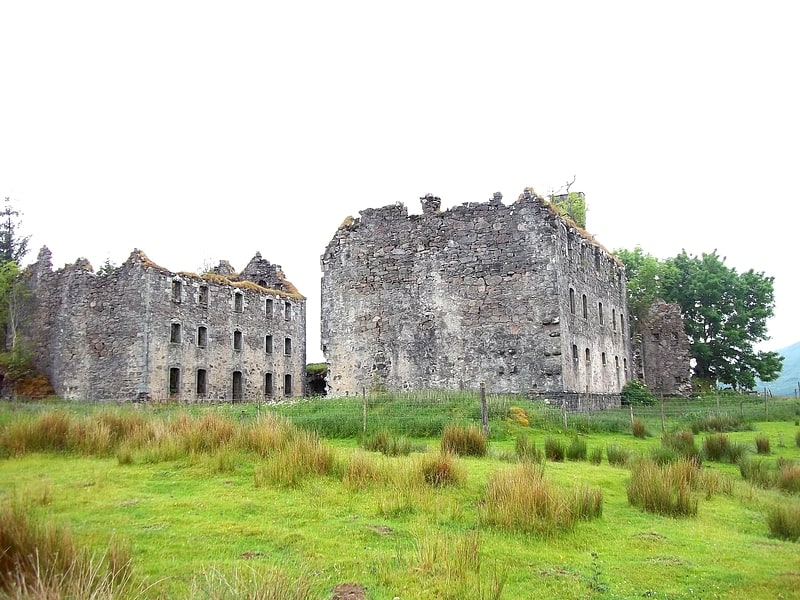Discover 4 hidden attractions, cool sights, and unusual things to do in Glenelg (United Kingdom). Don't miss out on these must-see attractions: Dun Telve, Dun Grugaig, and Dun Troddan. Also, be sure to include Bernera Barracks in your itinerary.
Below, you can find the list of the most amazing places you should visit in Glenelg (Scotland).
Table of Contents
Dun Telve

Dun Telve is an iron-age broch located about 4 kilometres southeast of the village of Glenelg, Inverness-shire in the Highland Region of Scotland. It is one of the best preserved brochs in Scotland.[1]
Address: Glen Beag, IV40 8JX Glenelg
Dun Grugaig

Museum in Scotland. Dun Grugaig is a D-shaped dun, or "semi-broch", located about 7 kilometres southeast of the village of Glenelg, Highland, in Scotland.[2]
Dun Troddan

Ruin in Eilanreach, Scotland. Dun Troddan is an iron-age broch located about 5 kilometres southeast of the village of Glenelg, Highland, in Scotland. It is one of the best-preserved brochs in Scotland.[3]
Bernera Barracks

Historical landmark in Scotland. Bernera Barracks is located in Glenelg in the West Highlands of Scotland. The barracks were constructed between 1717 and 1723 as part of a campaign by the British government to subdue the local population which had risen up in arms in the Jacobite Rising of 1715, and which would do so again in 1745. The barracks were designed by Andrews Jelfe and John Lambertus Romer of the Board of Ordnance, or possibly their predecessor James Smith, and built by Sir Patrick Strachan. Some of the stone used in the construction was taken from a nearby broch. The Government troops who were garrisoned here during the Jacobite uprisings were also intended to control the crossing to Skye.
The barracks (and indeed the broch) are now in ruins, a state which they appear to have entered by the close of the eighteenth century, shortly after the withdrawal of troops in 1797. The barracks is protected as a scheduled monument.[4]